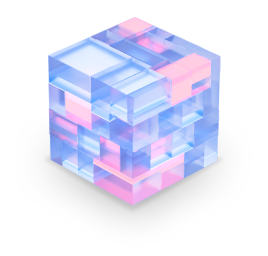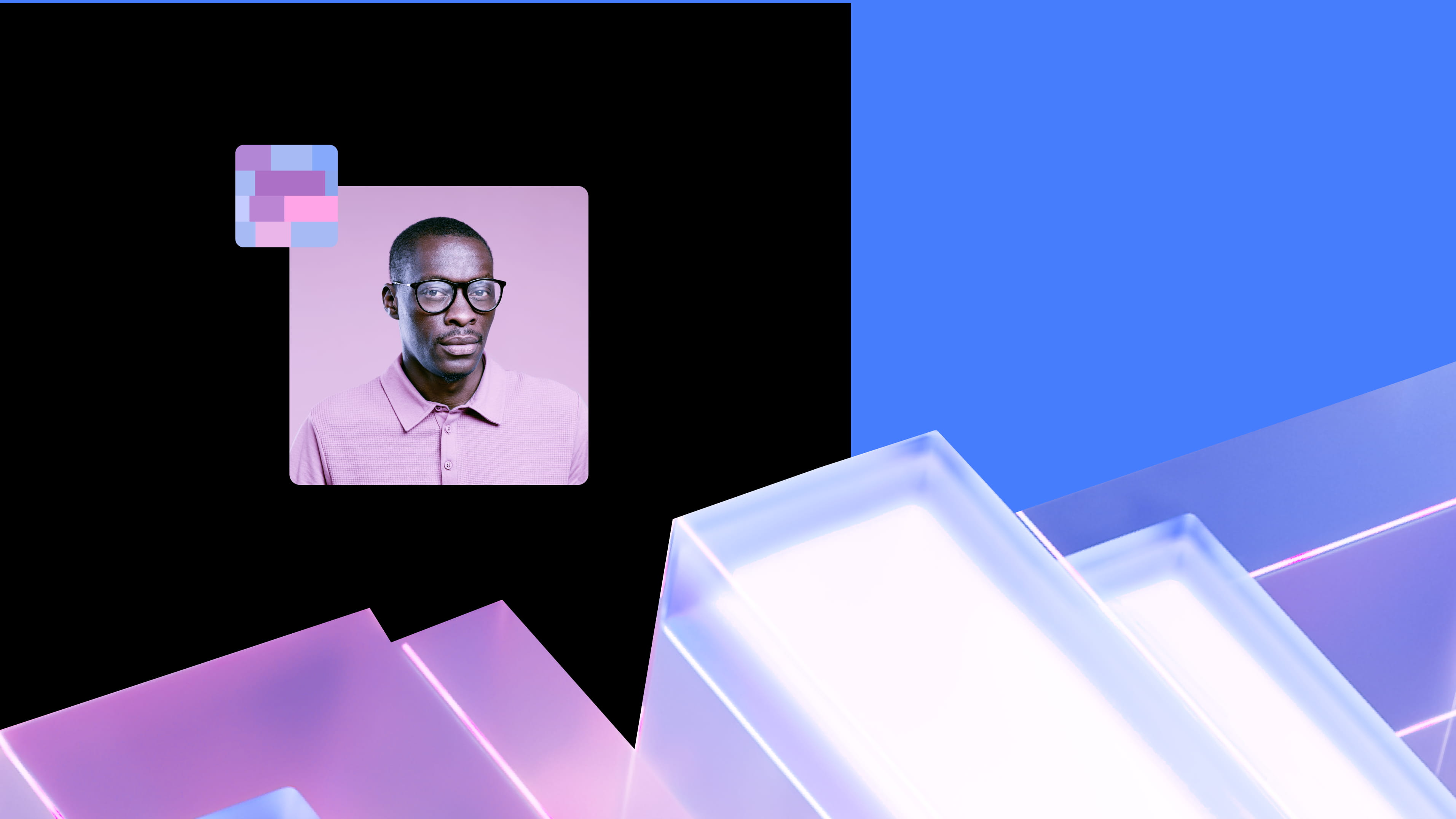
Get expert tips on blockchain development and Ignite CLI updates to give your project a head start.
curl https://get.ignite.com/cli! | bash 
 Har Preet Singh
4 min read
Har Preet Singh
4 min read

The past decade has seen exponential demand for skilled developers that build blockchain networks, applications, and services. This rise in demand encourages many developers and individuals to consider a career in a blockchain domain. The quintessential question that everyone seems to be asking these days is "How can I become a blockchain developer?"
This article shares insights to consider as you explore a career in blockchain development.
Today, there are many blockchain platforms available. You don't need to build a blockchain from scratch, but it is essential to understand the blockchain fundamentals no matter where you start.
The first step to becoming a blockchain developer is to familiarize yourself with the core concepts of blockchain technology.
A solid understanding of data structure is essential for a blockchain developer. In blockchains, information lives in blocks rather than in traditional database tables. You can visually see a blockchain as a linked list that is a growing list of records. These records are called blocks. Cryptography is used to ensure the integrity of blocks in a blockchain.
Cryptography, the foundation of a blockchain, is a method of protecting information and communications through codes using encryption algorithms.
In blockchain, a list of data, called blocks, is linked together using cryptography. Each block in a blockchain holds a cryptographic hash of the previous block, a timestamp, and transaction data.
Don’t be discouraged if your background is not in computer science or mathematics. Because blockchain technology is emerging, there are learners at all levels. You can benefit from a wide selection of tutorials and videos on the internet that are suitable for newcomers, and various popular blockchain platforms already provide SDKs and APIs to manage digital signatures, hash functions, and so on.
Consensus is the most crucial concept in blockchains because consensus models are the major components in distributed blockchain systems. To build a good foundation and understand how peer-to-peer networks work, first you must comprehend Byzantine fault-tolerant consensus, the critical security component in the blockchain. You don't need to learn how algorithms and programs work in distributed computing; understanding how distributed systems work is sufficient. Blockchain technology helps people and computers come to an agreement without the need for trusting each other.
Smart contracts are digital contracts stored on a blockchain that are automatically executed when predetermined terms and conditions are met. Ethereum was the first blockchain platform to introduce smart contracts written in Solidity. Many other blockchain platforms allow developers to write smart contracts in different programming languages such as Rust. CosmWasm is a smart contracting platform built for the Cosmos ecosystem.
Unlike traditional web or mobile applications, a decentralized application (dApp) is a digital application that runs on a blockchain network of computers instead of relying on a single computer.
Many developers and organizations believe in creating a sovereign blockchain rather than running dApps on an existing blockchain. This application-specific blockchain approach gives freedom to developers in many ways:
See Your Project Deserves Its Own Blockchain to learn more about the benefits of building a sovereign blockchain.

Many blockchain platforms are available. Each platform has a wide range of tutorials, set of tools, and community support to help you to build your blockchain application quickly.If you want to become a blockchain developer, start by learning about the various platforms to understand how they work.
Sometimes it’s difficult to know how to select a blockchain platform and to discern how a blockchain development platform varies from core blockchain technology. In the Top 5 Blockchain Platforms and How They Compare research article, the top blockchain platforms are evaluated against various criteria.
It’s time to start building your first blockchain application now. This hands-on approach helps you develop blockchain skills. For example, you can start building your first "Hello World" blockchain using Ignite CLI. Most blockchain platforms are open source, and you can look into the source code and learn how the platform works. You can also be a part of the project by contributing to open Github issues, reporting bugs, improving documentation and code. Ignite provides various tutorials and well-structured documentation to help you build your blockchain.
Blockchain technology is relatively new. Developers are constantly inventing new solutions and running into problems, too. You have to adopt the hacker mindset to learn and solve the inevitable challenges.
Instead of engaging only in conventional thinking, a hacker mindset thinks of innovation to solve challenges.
Reading helps to improve understanding and knowledge. As you explore career options in blockchain development, keep reading blockchain-related articles and research papers to stay up to date. Many online resources provide high quality blockchain content. For example, you can check out Ignite blogs to learn about the Cosmos Ecosystem.
Blockchain developer communities are very active and helpful. They can provide valuable learning opportunities, growth, mentorship and career advancement. The importance of peer support and being part of a community cannot be overemphasized. To better help those looking out for communities to join, and interested in learning more about blockchain, you can engage with developers in the official Ignite Discord, and follow @ignite_dev on Twitter.
